
4-Xtremes – Part 62: A tour of the Highlands in the rain for Andrea and Mike
Serie: 4-Xtremes – The World Tour
On tour through Scotland towards the south, the Kammermanns brush with difficult road conditions and waist-deep water. Will they still be smiling after this leg of their journey?
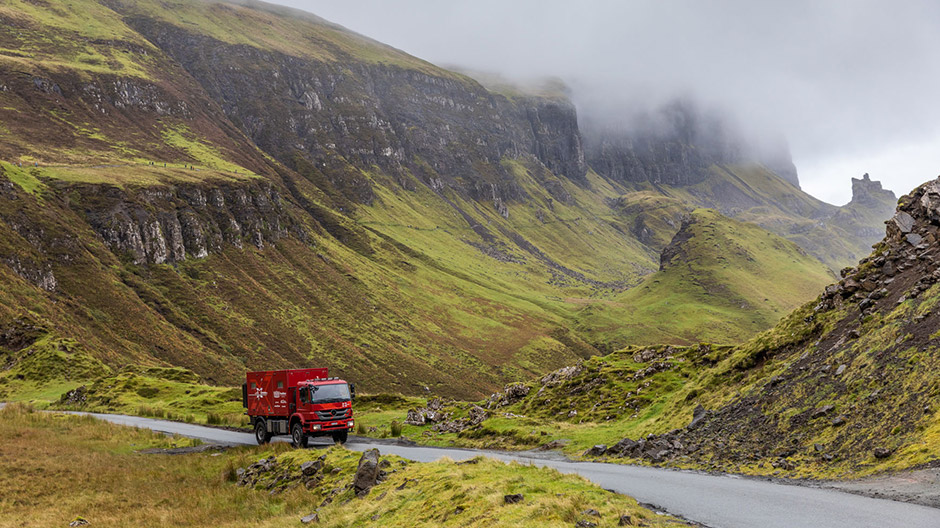
Dramatic landscape, clear roads: the northernmost part of the UK has loads to offer overlanders.
The Orkneys and Shetlands are fantastic overland destinations, which we’ll want to visit again at some point. But now it’s time to take the ferry back to the mainland, where an awful lot of rain is waiting for us! But more on that later. First things first, we have another "most-northern point" to tick off our to-do list...as we're heading south, would you have it!
It's called Dunnet Head: the northernmost point of the Scottish mainland, and it welcomes us beneath a clear sky. After a short stop, it’s time for the North Coast 500. Often referred to simply as the NC500, this road runs along the North Sea coast on a hundred-kilometre-long circuit.
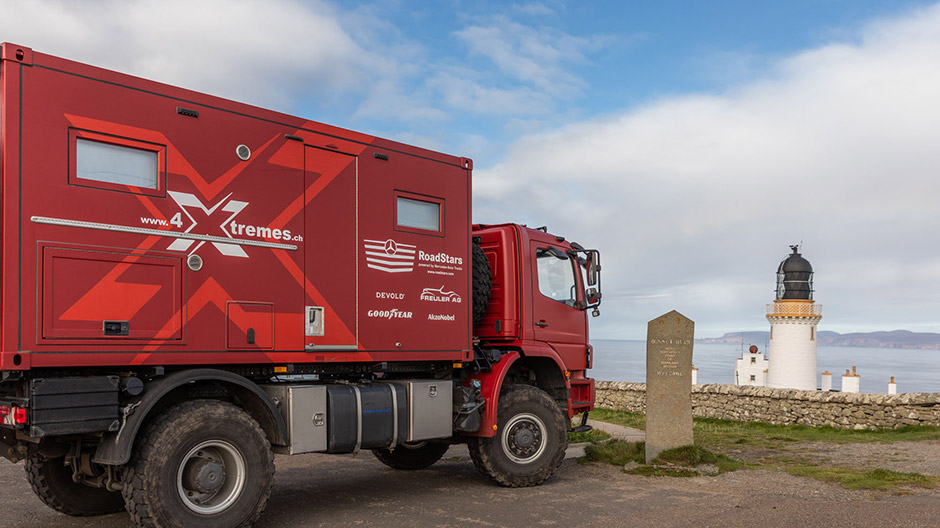
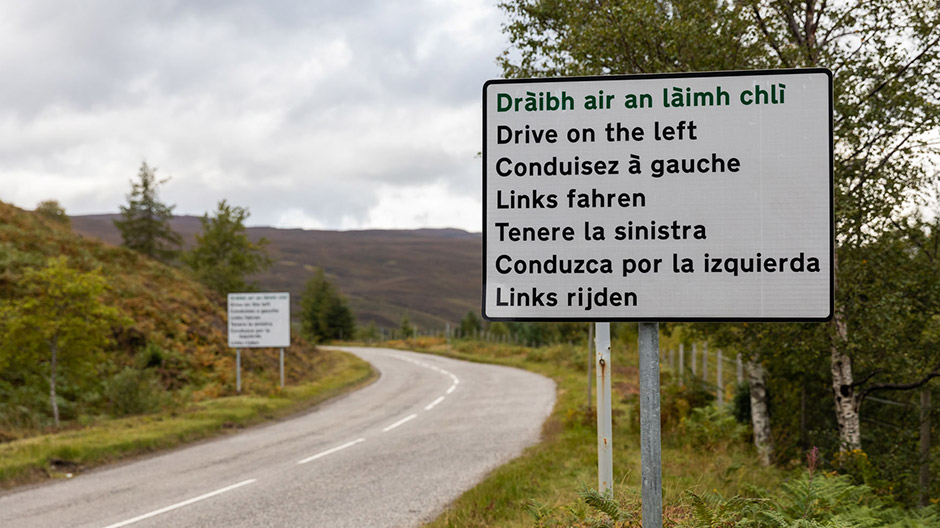
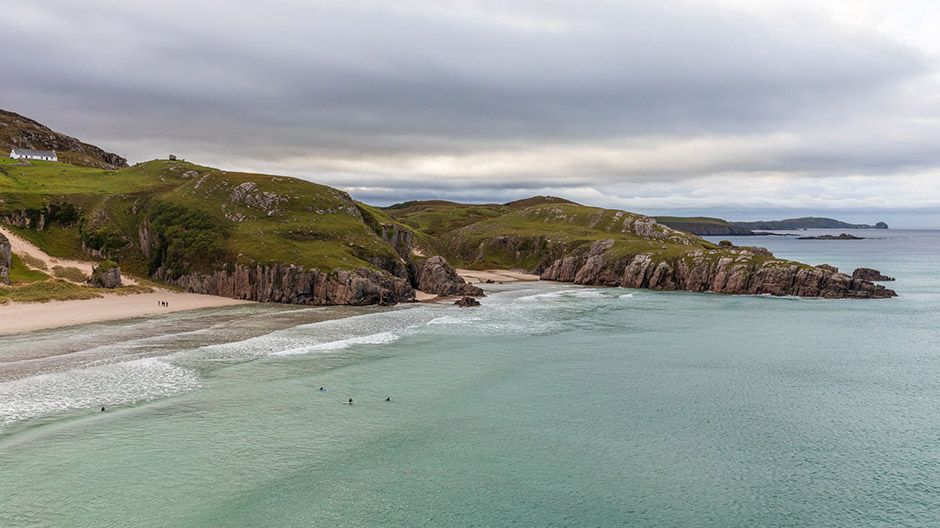
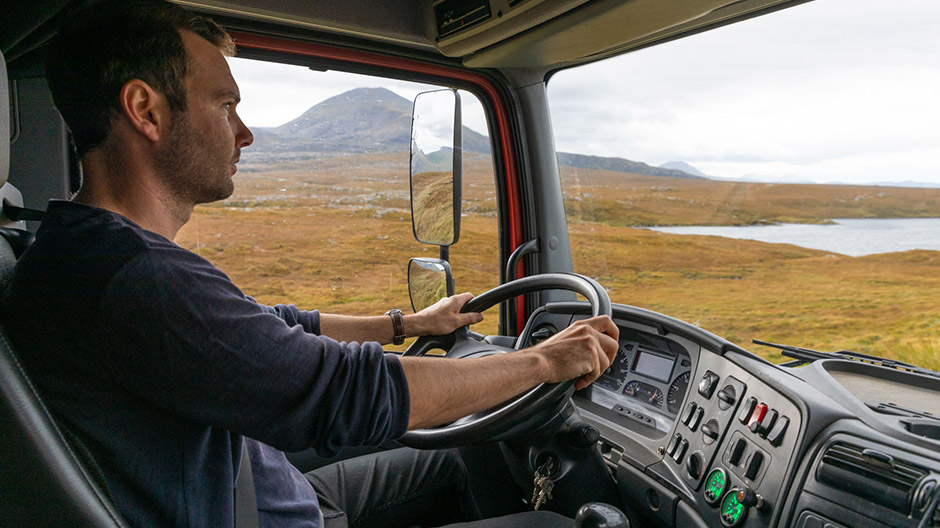
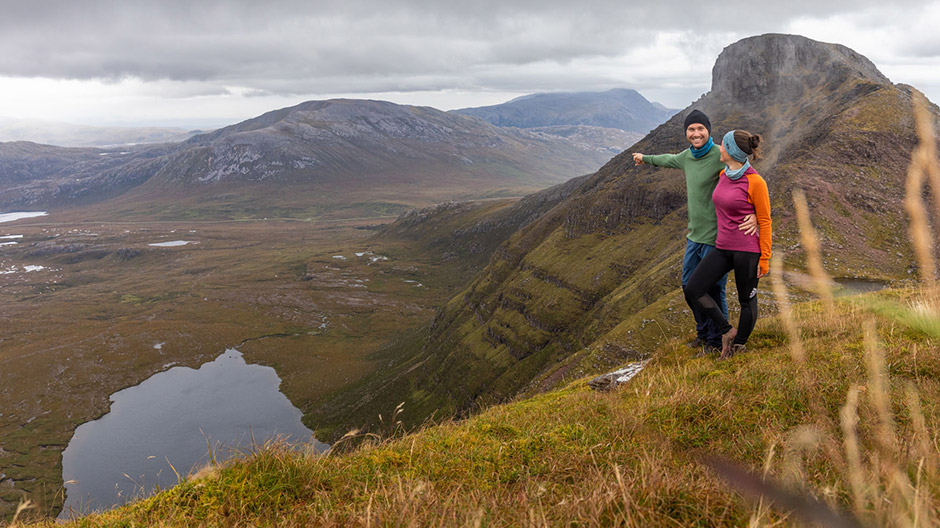
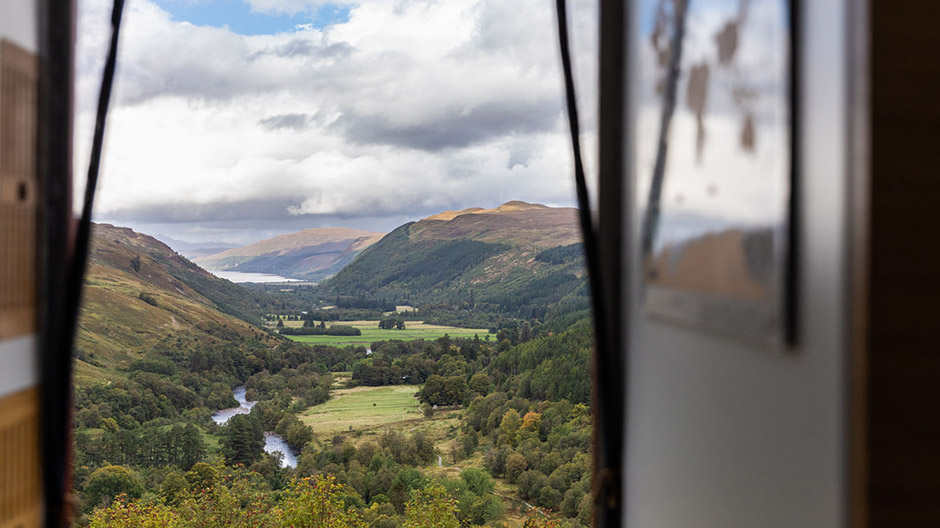
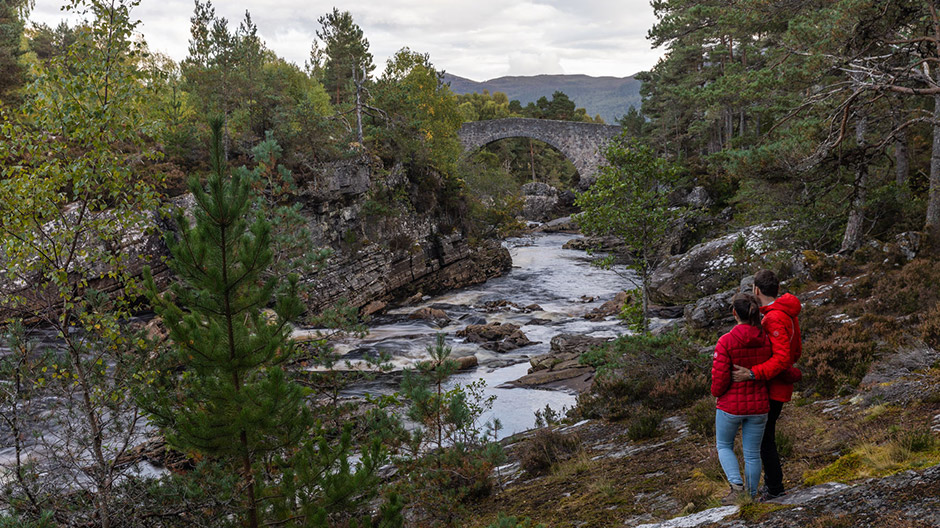
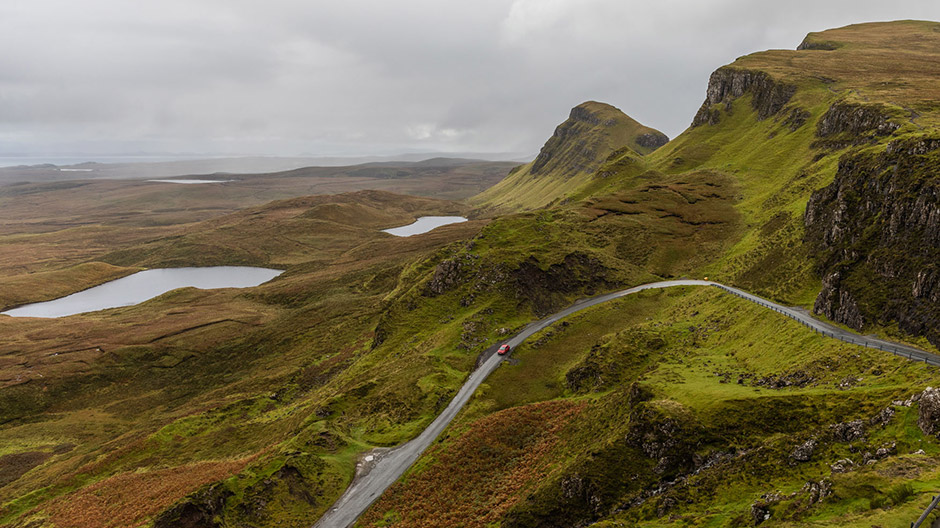
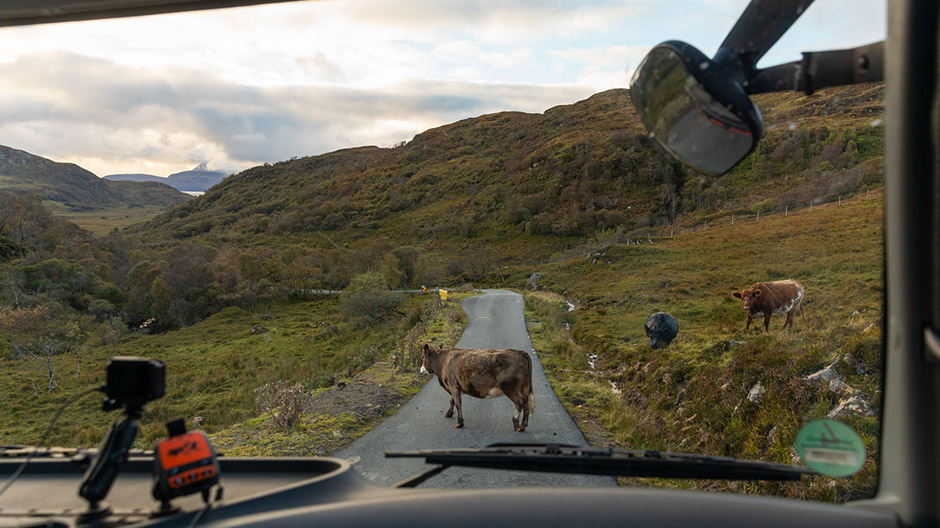
More traffic on terrible roads.
We take the route westwards – and immediately notice that there is significantly more traffic than on the islands, even though like on the Orkneys and Shetlands, not many people live here. This is because the NC500 is one of Britain’s most famous tourist routes. Nevertheless, we are a little surprised that there is so much going on so far north and so late in the year.
Less surprising on a route frequented by lots of guests are the signs reminding drivers to keep on the left in several languages. This is something we got used to a long time ago! What we find more of a challenge is that a large part of the route is only single-lane and in relatively poor condition. What's more, we're also faced with heavy oncoming traffic, making progress slow. However, our struggles are rewarded with a fantastic view of the wild coastal landscape.
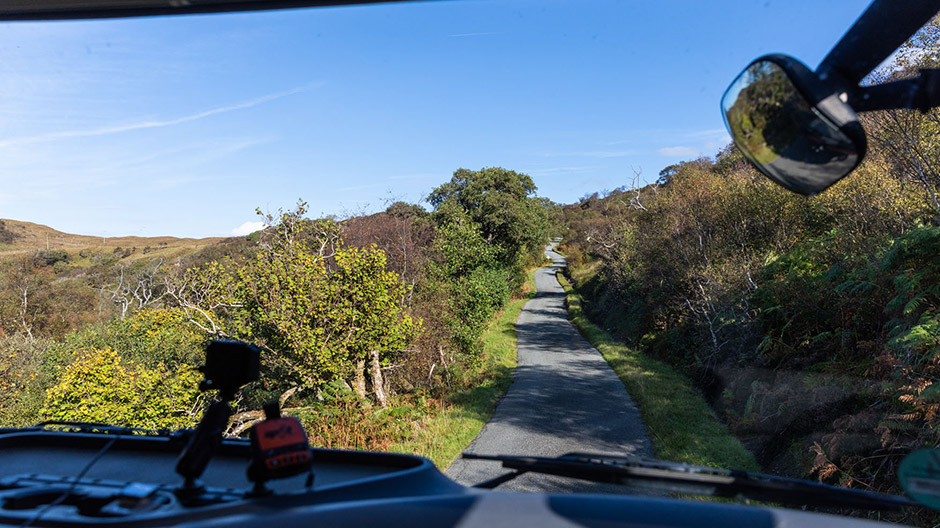
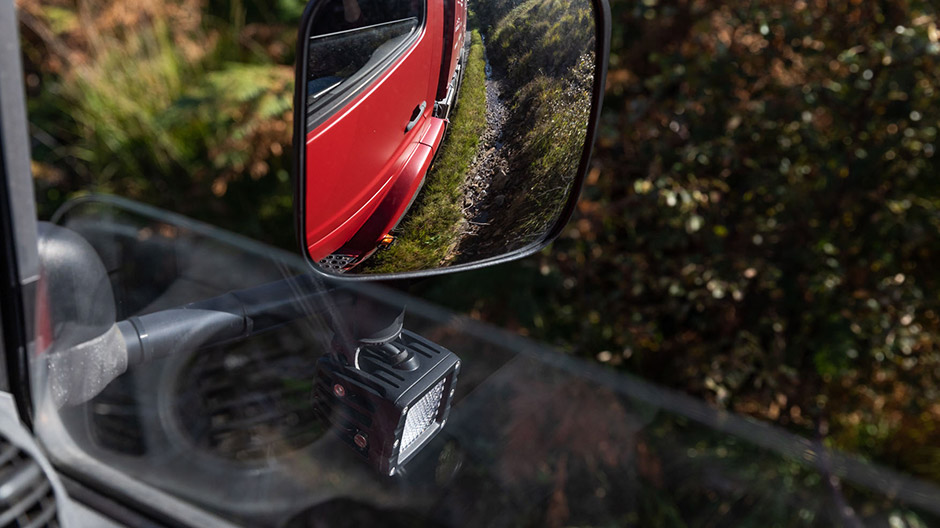
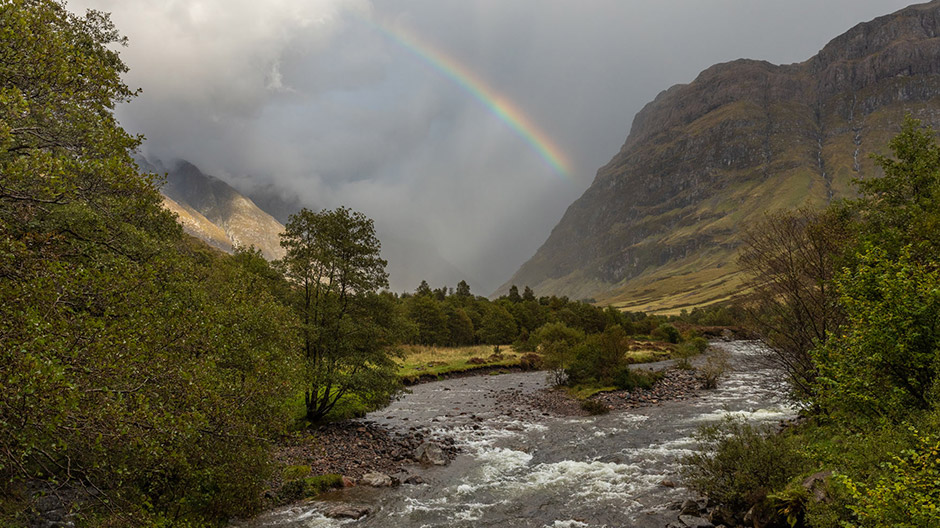
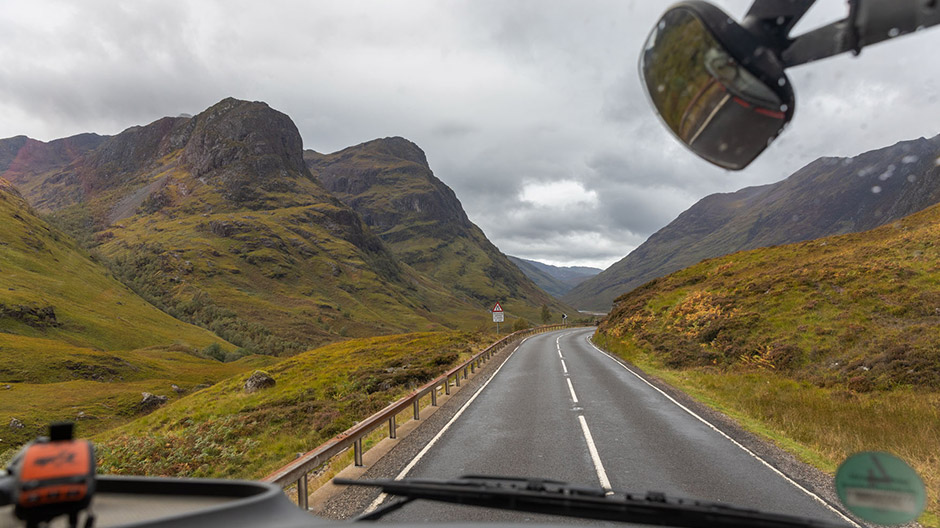
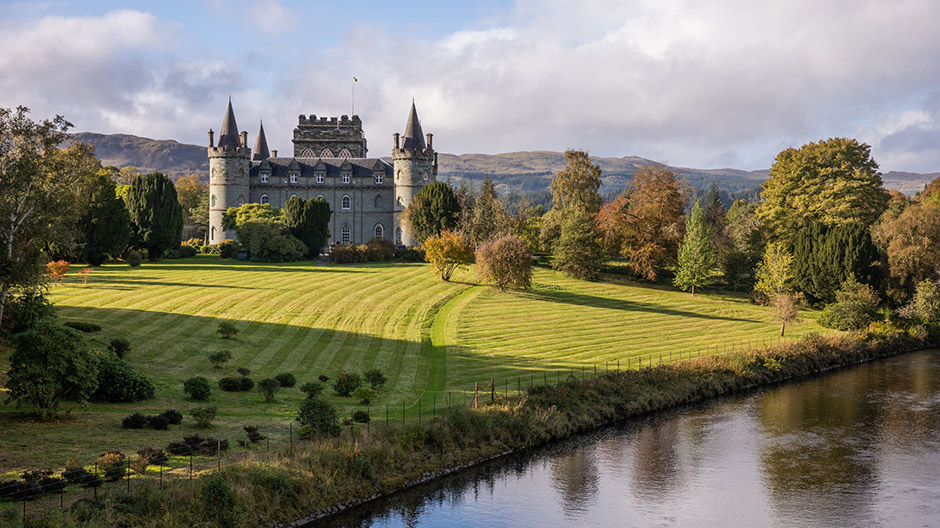
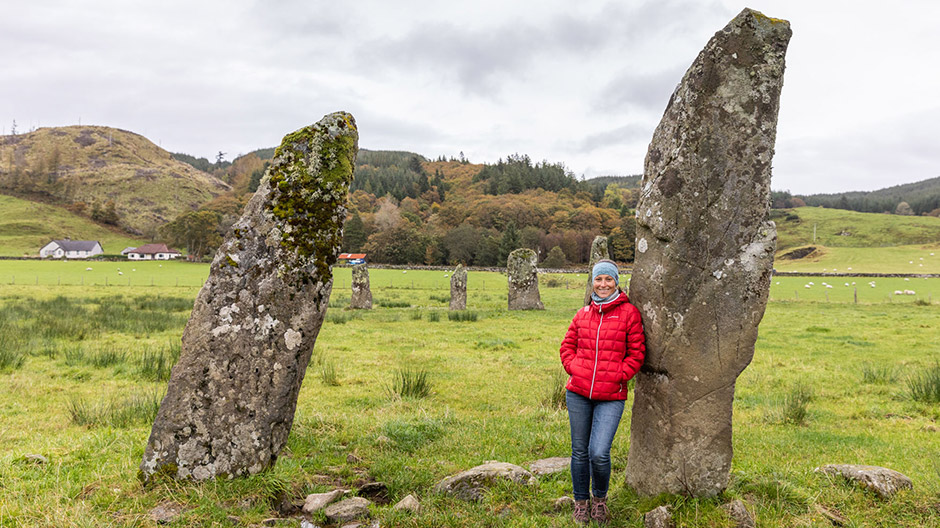
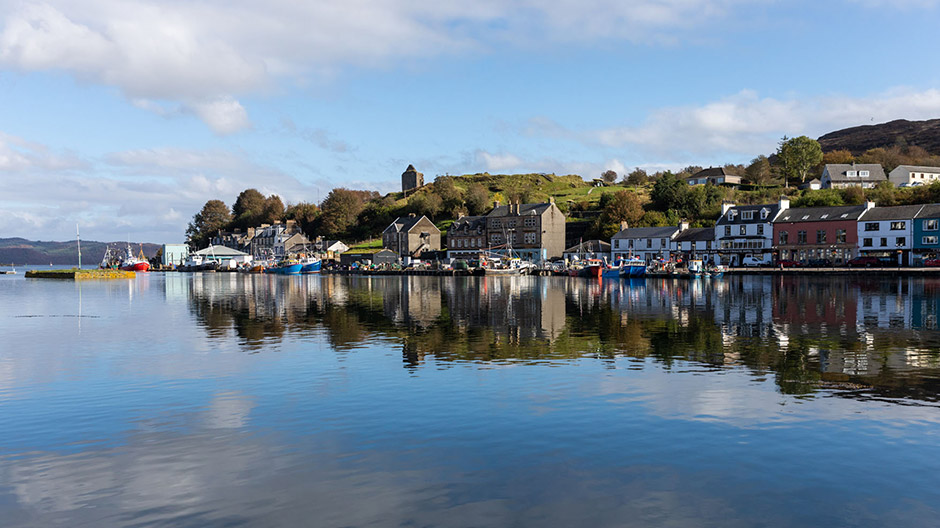
Black river from the Highlands.
Right behind the coastline, towering mountains loom up high: a constant presence. You know us: we are drawn to their lofty peaks like a magnet and leave the Axor to go on a few hikes in the rugged landscape, where you can see all the way to the coast in good weather.
A bit off the beaten track, we come across a river that bears its name very well: Black Water. Like lots of rivers that originate in the Scottish highlands, its water contains high concentrations of dissolved iron and manganese, giving it its dark colour. But whereas elsewhere, the water is often just reddish-brown, here, it is very strikingly almost black.
Isle of Skye, rained off.
This leg of our journey needs an island too! That’s why the Isle of Skye is next on our travel agenda. This wild, rugged island lies close to Scotland’s northwest coast and is connected to the mainland via a bridge. We visit some fishing villages and involuntarily take part in the weather lottery, where if we had bet on rain, we would have won the jackpot. Basically, it rained more or less non-stop! Nevertheless, we continue along our planned route and occasionally catch a glimpse of the largely untouched landscape.
Back on the mainland, we head south again – and the rain doesn't stop. A few tourist attractions literally get rained off, like the Glenfinnan railway viaduct, which features in many films, including four in the Harry Potter series. The famous steam locomotive has to pause work due to the stormy weather, and the visitor car park is covered in nearly a metre of water and is closed.
That wouldn't have been a problem for the Axor, as it is able to ford waters far deeper than this. We, however, would've been in waist-deep when we got out! In Glencoe National Park, the rivers and lakes next to the roads are rising high, and we keep coming across the fire brigade trying to keep the water level under control. We take this as reason enough to leave the Highlands and head further towards Loch Lomond.
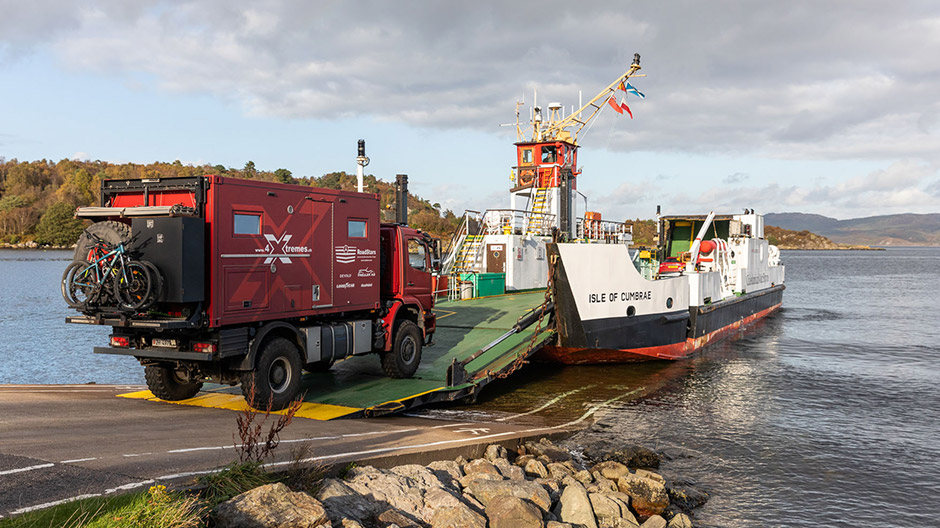
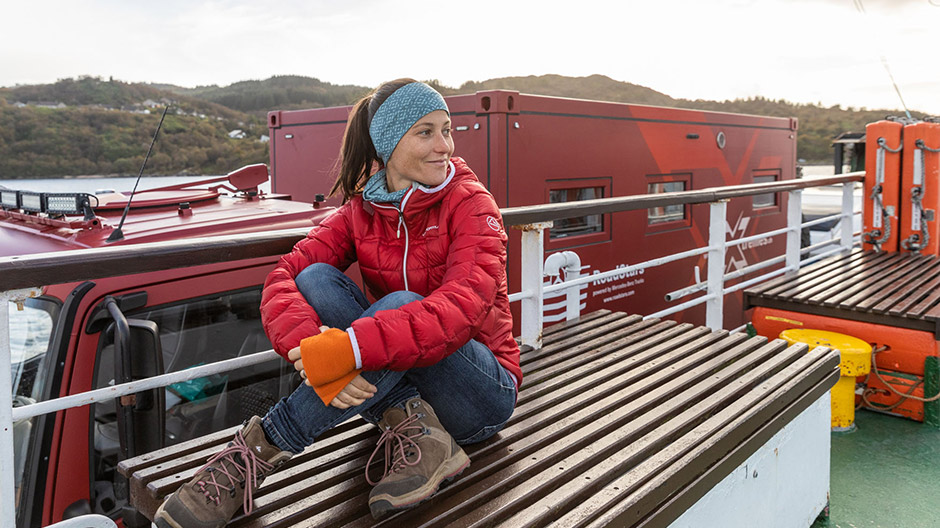
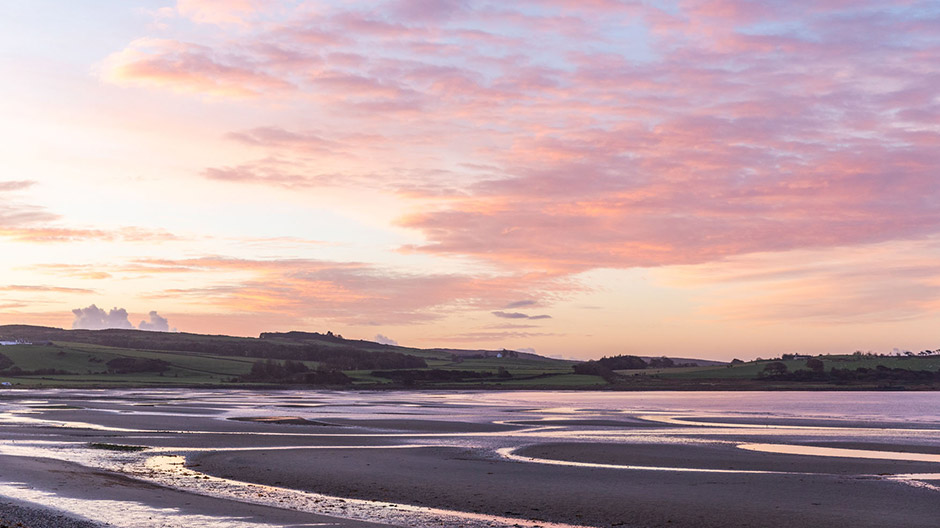
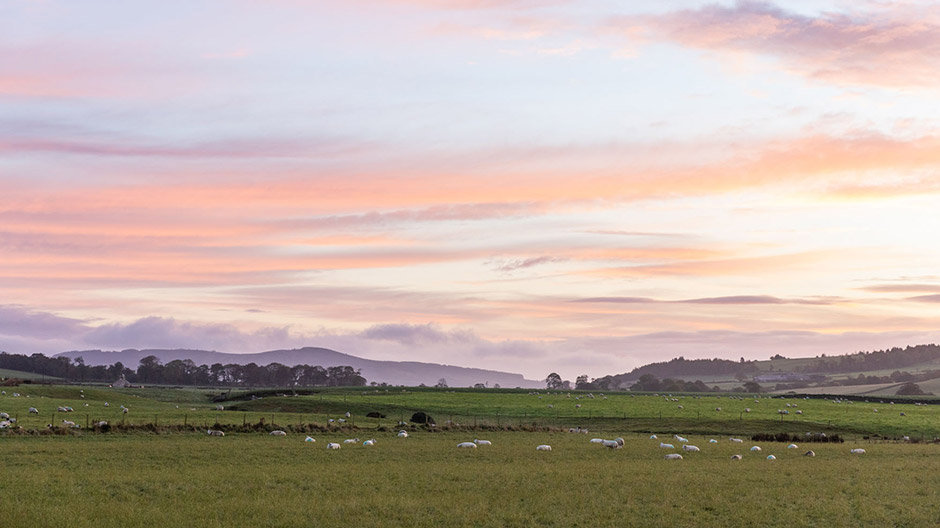
Scotland shows its best side.
Finally, we spend a few days in the expansive region of Argyll and Bute, which is also located in the west. There are lots of peninsulas and islands here, with several small ferries running between them. Best of all, however, Scotland is once again showing its best side. Authentic villages, picturesque castles, standing stones and stoneworks from prehistoric times: we do the full programme – and the colourful sunsets over the sea serve as the icing on the cake!
We have spent two and a half months in Scotland, and the northernmost part of the UK has exceeded our expectations in every way. But 4-Xtremes – The World Tour must continue! The next big ferry is booked: to Northern Ireland – we can already see its coastline the evening before departure.
4-Xtremes – The World Tour.
An unparalleled journey.
Andrea and Mike Kammermann have been on tour in their Axor for three years. "4-Xtremes – The World Tour" is the motto of the journey that the two Swiss nationals embarked on in mid-2020 and which they share with the RoadStars community. Keep up to date and don't miss out on any of the stunning destinations visited by the adventurous pair.
You can find the current parts from the “4-Xtremes – The World Tour” series here.
You can find the route of the trip before the crossing to South America here.
Photos: 4-Xtremes




Comment
Please log in to post a comment.
11 comments
Schmale, kurvige und enge Sträßchen sind auch ganz nach meinem Geschmack! 👍
Schmale, kurvige und enge Sträßchen sind auch ganz nach meinem Geschmack! 👍
Liebe Grüsse von uns
Liebe Grüsse von uns
Grüsse aus dem Fahrerhaus
Grüsse aus dem Fahrerhaus
👍👍👍👍👍👍⛟😎🎄🎅
👍👍👍👍👍👍⛟😎🎄🎅
Liebe Grüsse von unterwegs
Liebe Grüsse von unterwegs
Liebe Grüsse
Liebe Grüsse